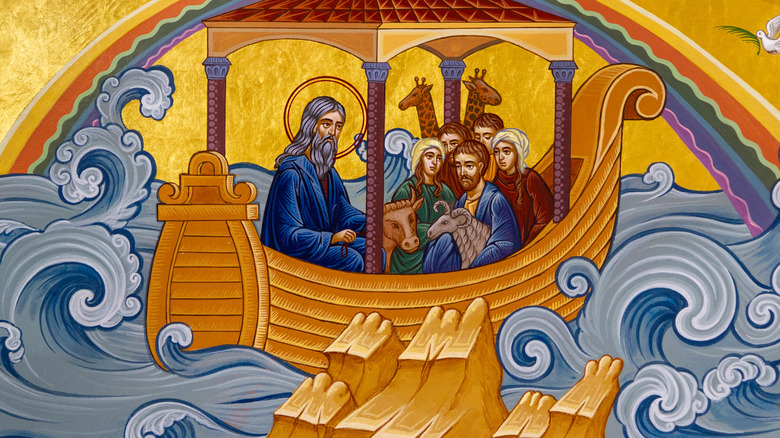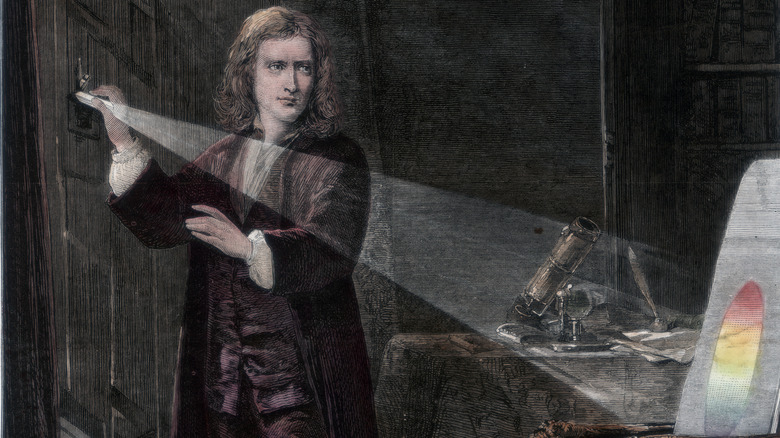The Noah's Flood Theory That Would Change Everything
The divide between religion and science hasn't always been as pronounced as it is today. In the past, many scientists were also theists, and for centuries worked with the belief that their investigations cast greater light on God's creation.
One figure for whom science and religion — and even mysticism — were reconcilable was the English physicist and mathematician Isaac Newton (1643-1727). Newton was a hugely influential thinker who is most famous for discovering gravity and developing the first theories of gravitational mechanics. According to Sarah Dry, author of "The Newton Papers: The Strange and True Odyssey of Isaac Newton's Manuscripts," almost half of the 10 million words that Newton wrote in his lifetime concern religious matters, while 1 million words concern his investigations into the controversial subject of alchemy (via Wired). But regardless of the subject, says Dry, Newton always approached it from a technical angle.
According to many academics (via JSTOR), Newton was a theologian throughout his life and believed that his findings dovetailed seamlessly with his Christian beliefs. This link can be seen by the religious significance he gave to the Great Comet, which he observed in the sky above London in 1680.
Isaac Newton and the Great Comet
The Great Comet of 1680 was bright enough that it could be seen in daylight, with many laymen considering the phenomenon a bad omen and a sign of divine judgment. But for Isaac Newton and his small group of scientific collaborators, the Comet's appearance seemed to confirm all their theological beliefs about Newtonian physics: that God had put the universe in motion through physical laws that they themselves proved. According to Newton's protege William Whiston, they achieved this with "the constant and efficacious, and, if you will, the supernatural and miraculous Influence of Almighty God" (per National Geographic).
Whiston was one of Newton's closest friends and collaborators, and it was he who first proposed an ingenious theory concerning the Great Comet. Employing the calculations of Edmund Halley — who worked out that the Comet made its visitation every 575 years — Whiston matched the Comet's historical appearances with theological estimates concerning the dates of Biblical events. Whiston came to believe that the Great Comet's appearance in 2342 B.C. corresponded exactly with the Great Deluge — the flood that Noah survived with his ark — and claimed the Comet itself was responsible for the flooding.
Whiston published his argument in a book dedicated to Newton in 1737, and the work became a bestseller. And as noted in National Geographic, Newton raised no objection to the contents of the book, suggesting the great man found the theory plausible.

